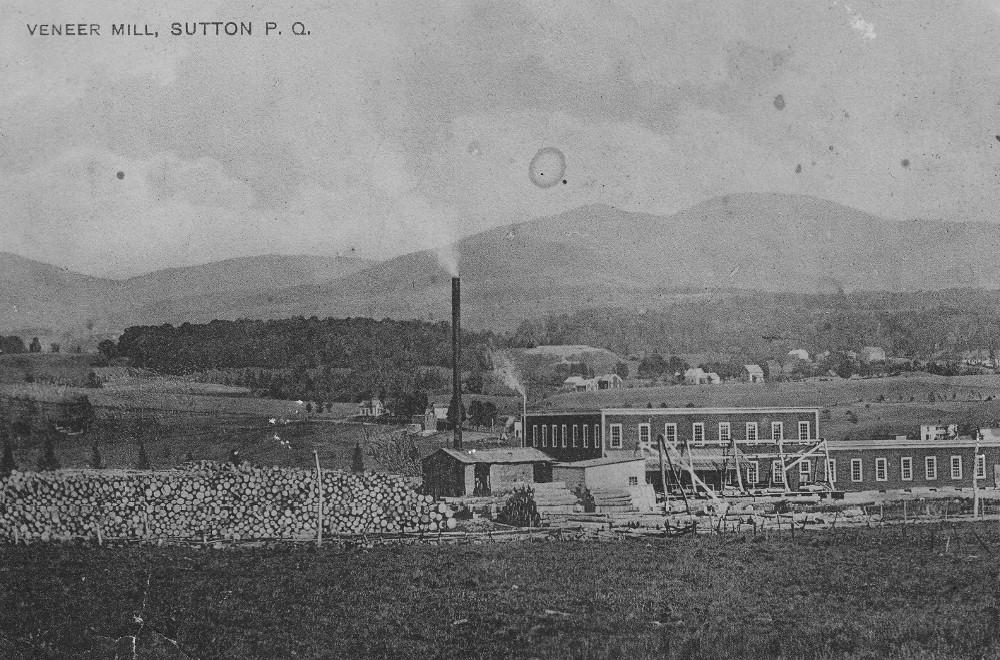The appeal of Richford
Sutton, Abercorn and Glen Sutton residents have always crossed the border on a regular basis. They do so for a variety of reasons: to visit family; for work; for an appointment with a doctor, dentist or photographer, etc; or just to have fun.
Railway service inaugurated in 1871 made Richford a dynamic little town right up until the last quarter of the 20th century. The railroad gave the community easy access to both American and Canadian markets.
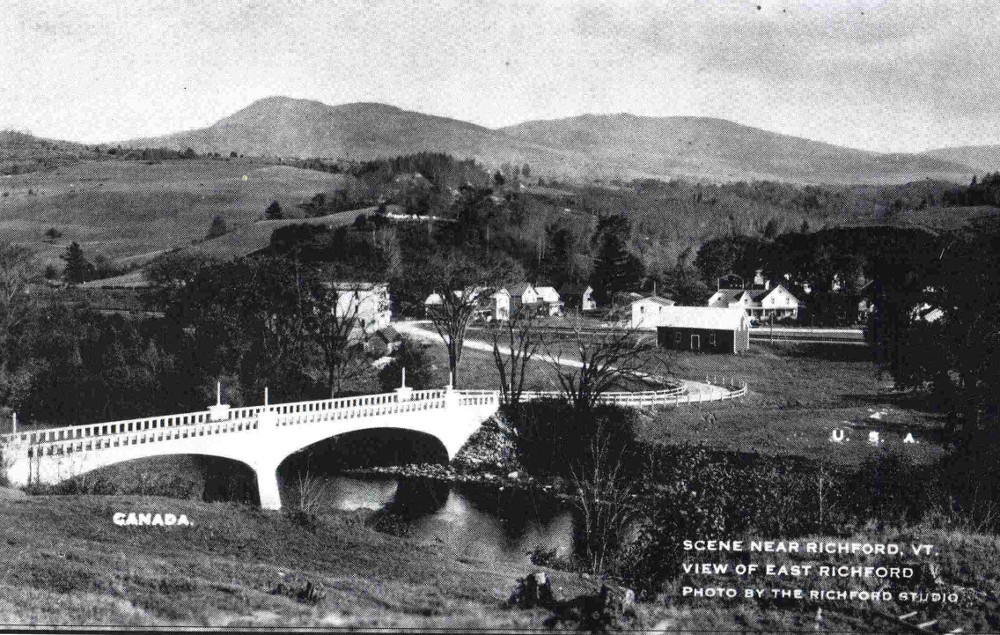
An international bridge, the only one in Québec, connects Glen Sutton with East Richford. The magnificent concrete structure was swept away in 1927 by a powerful flood on the Missisquoi River. It was later replaced by a steel bridge.
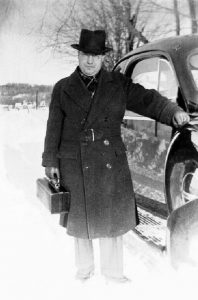
Doctor Frank Lawless practiced in Richford from 1923 to 1972; he treated patients from both sides of the border.
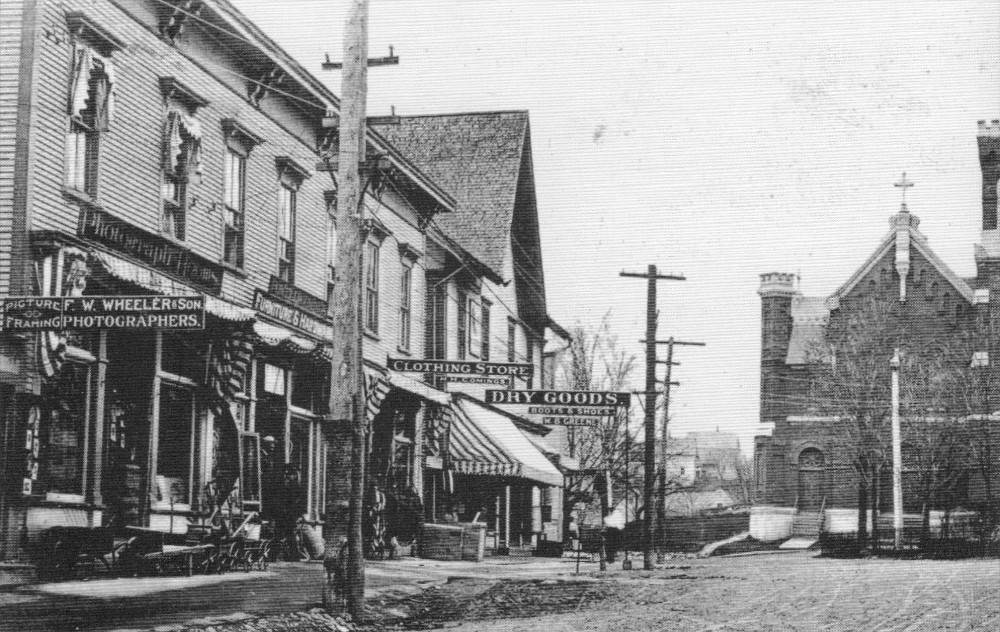
Photographer Frank Wheeler, whose studio is shown here in Richford, immortalized many people and scenes of life in the region, including the great fire that destroyed part of the village of Sutton in 1898.
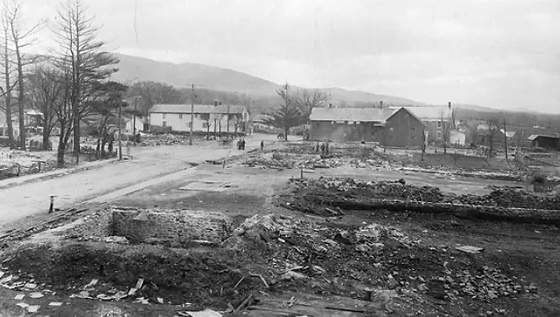
Thirty-five buildings in the heart of the village of Sutton were destroyed by fire on April 16, 1898; to the south, the fire stopped just before the Dyer and Thompson & Greely stores.
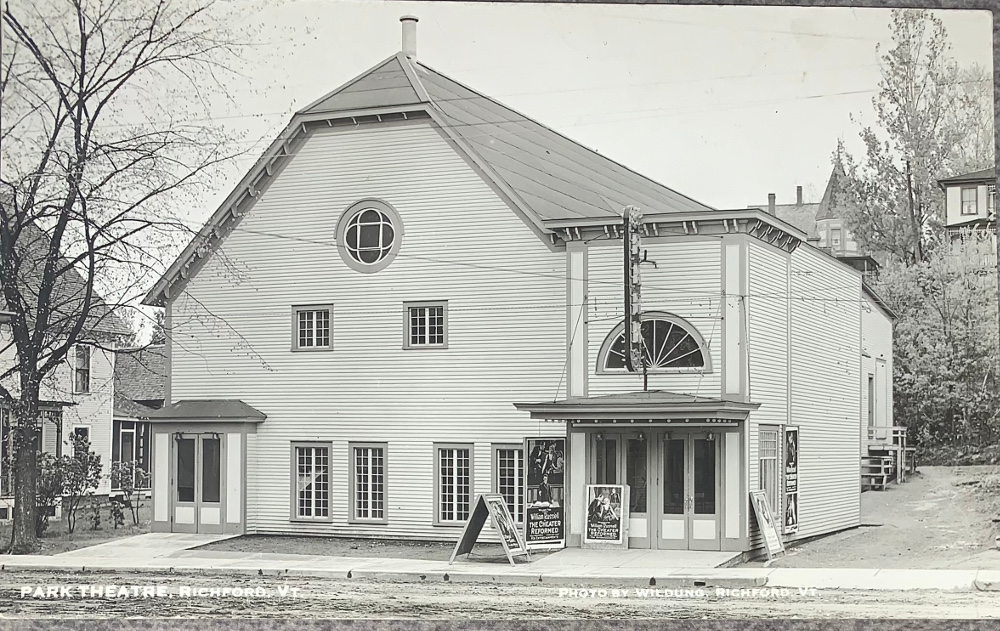
The Park Theatre in Richford was the place to go to see the latest Hollywood hits … to the delight of people in Sutton.
The opening of a Drive-In in the 1950s added to Richford’s appeal.
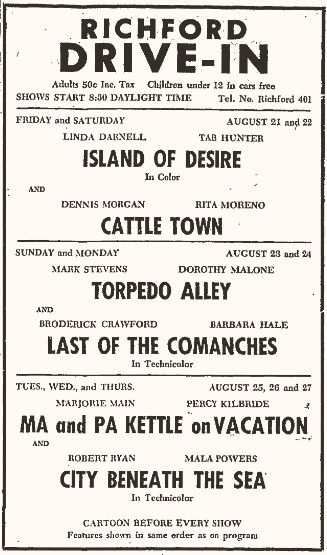
What’s Playing. These films were playing between August 21 and 27, 1953. Having recent releases on the bill (all are from 1952 or 1953) contributed to the open air cinema’s success.
The lumber industry in particular benefited greatly from cross-border trade. Many sawmills and processing plants were established in Richford. Most of the wood came from forests in Sutton Township, which also served as an important labor pool. Some companies like the Veneer Mill, a plywood factory, operated on both sides of the border.


